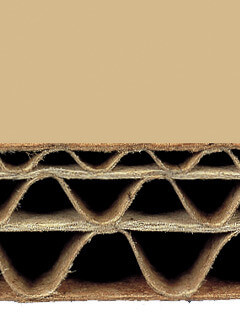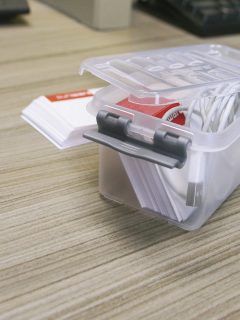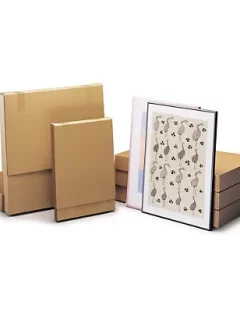Solid wood boxes, leather bags, linen or silk… In the Middle Ages, anything that was readily available and could be quickly processed into a packaging medium was used as a packaging medium. If we, the packaging specialists from Rajapack, had existed back then, our collaborators would probably have been so-called “binders”. These craftsmen were meant for wrapping and fixing parcels, bundling smaller consignments to be transported in larger units and loading them on horses or carts. Today, many centuries later, the art of optimal packaging has been properly developed.
The diploma chemist Fritz Stastny, a native of Brno, was responsible for this. This name means something to many, but you will know at least one of his discoveries: Stastny is the father of a substance called polystyrene. In 1952, when this innovation was first presented to the public at the Düsseldorf plastics fair, it aroused great interest. For many years, polystyrene has been one of the most popular materials used to protect the contents of boxes during transport: in flake form, in blocks or as a flexible adaptation for different product shapes – even today, polystyrene is one of the most versatile packaging materials to protect against scratches, doubt in the box or impact. In addition, it has thermal insulation properties and low weight. This has already saved many users considerable transport costs.
Almost as old as polyester is bubble wrap. The latter is the completely accidental invention of two engineers from New York who were trying to develop plastic wallpaper in 1957. It was supposed to be washable and easy to fix on sloping surfaces such as walls, doors, etc. Once they realised that this apparent wallpaper could be much better used as a packaging material, they added small air bubbles for better shock absorption and filed their patent in 1957. Bubble wrap is strong, flexible to the shape of products, very lightweight and protects against shock, dust and moisture. Nowadays, bubble wrap has countless fans on the internet thanks to its property (that famous and popular popping when squeezed). As an exhibit, it is even part of the collection of the Museum of Modern Art in New York.
As the number one topic these days is ecology, not only does packaging care about securing the contents, but the focus is also on using as few natural resources as possible and reusing materials. For this reason, the layers of bubble wrap used are as narrow as possible and the film is reusable. As an alternative to polystyrene, cornstarch-based flopak polystyrene bodies have the same positive protective properties as in the past and are also completely biodegradable. Both of these materials therefore fulfil the principle of environmentally friendly products.
We at Rajapack also want to contribute our “bit to the mill” and are therefore constantly enriching our product range with new, unique and promising products that have the potential to take the packaging world one step further in the future.














